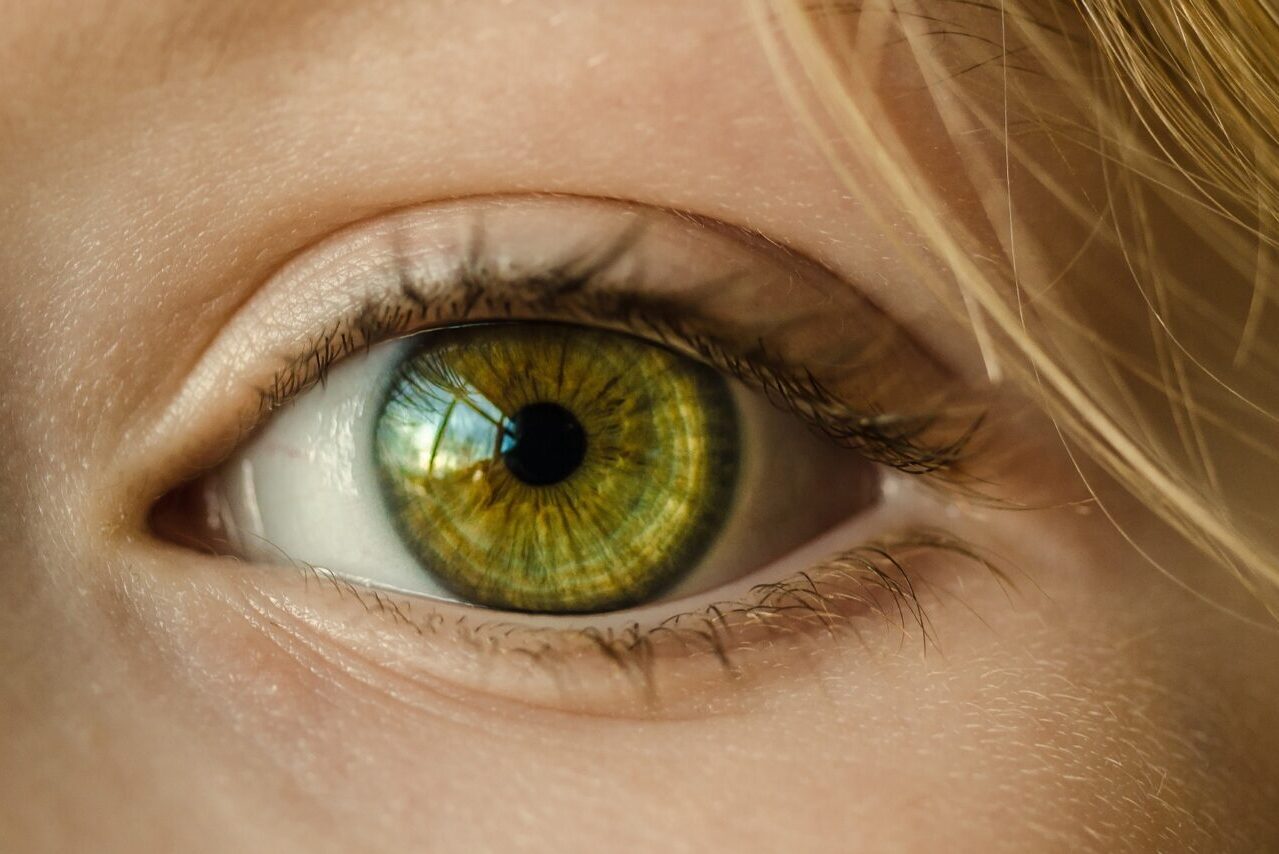Vision is the skill that allows us to see the world around us. When we look at the world, a complex series of processes take place between the eyes and the brain. The eyes take in the information, while the brain (which is connected to the eyes by a nerve called the optic nerve) is responsible for processing and interpreting it.
Through this system, we are able to see things such as colours, shapes, movement, objects and people.
When the brain is injured, the ability to interpret visual information can be affected in
different ways.
Types of Visual Problems
Visual problems following brain injury can affect both the quality of the information
received by the brain and the interpretation of the information received. As a result, brain injury survivors can experience a number of different types of visual problems which can range from mild to severe.
- Visual Acuity – a loss of clarity of vision
- Visual field loss
- Double vision
- Nystagmus – an involuntary rhythmic shaking of the eyes
- Blindness – in varying degrees, complete blindness is rare
- Visual Agnosia – an inability to recognise objects
- Face blindness
- Visual neglect – failure to attend to visual information
- Photophobia – sensitivity to light
- Colour vision changes
- Depth perception
- Motion vision problems
- Dizziness and balance problems

